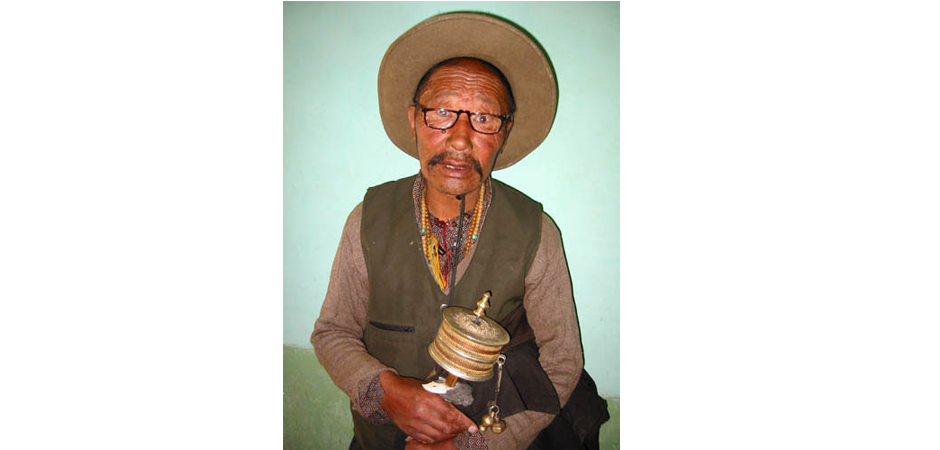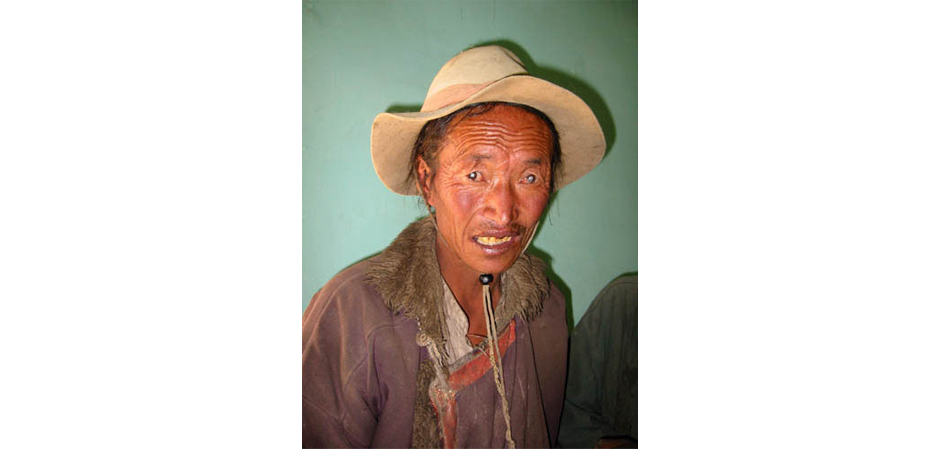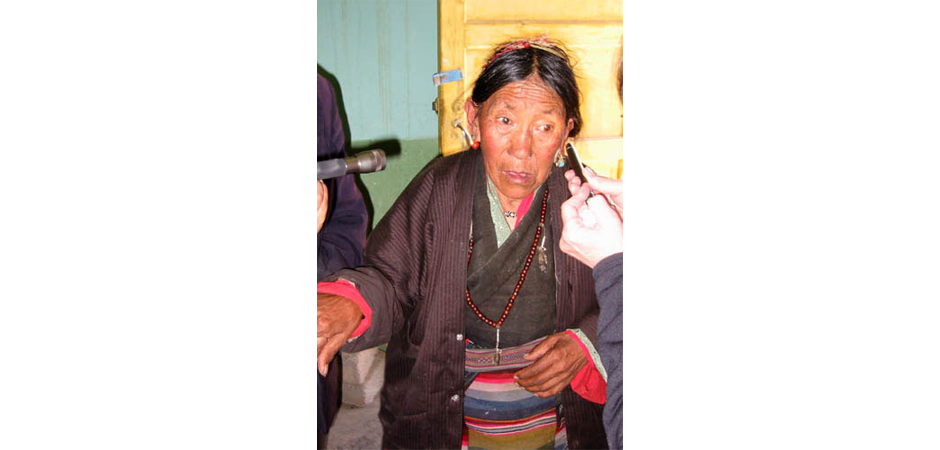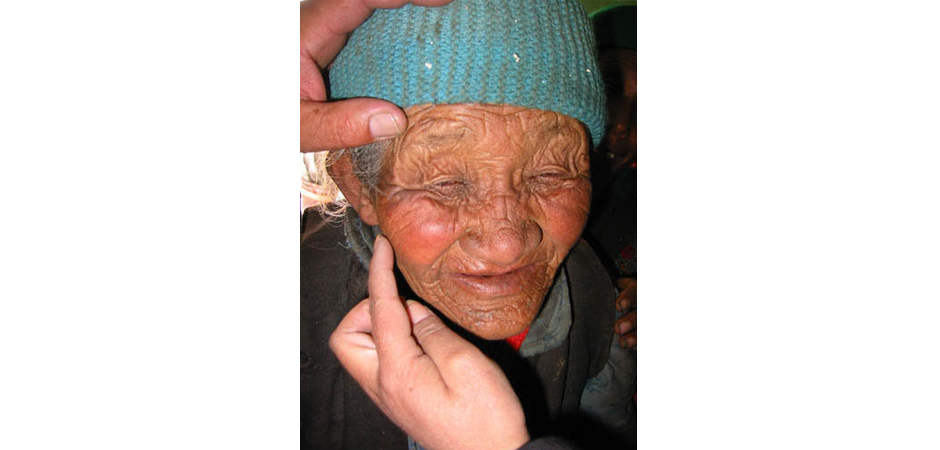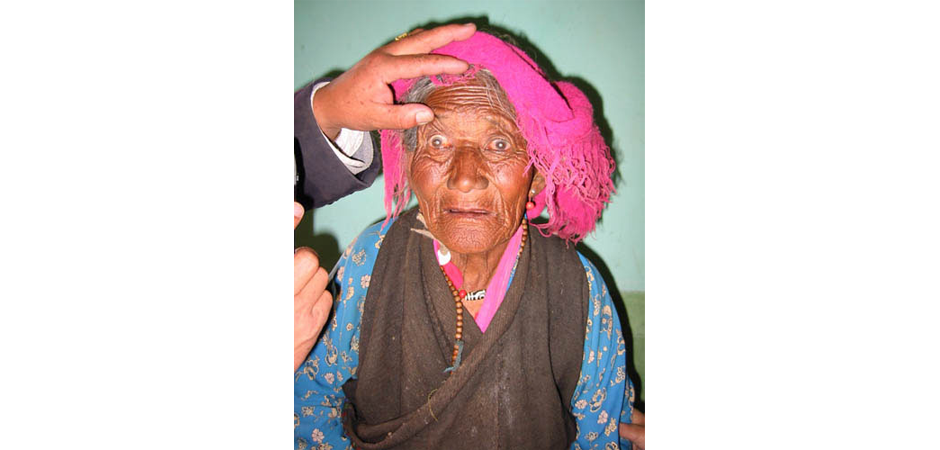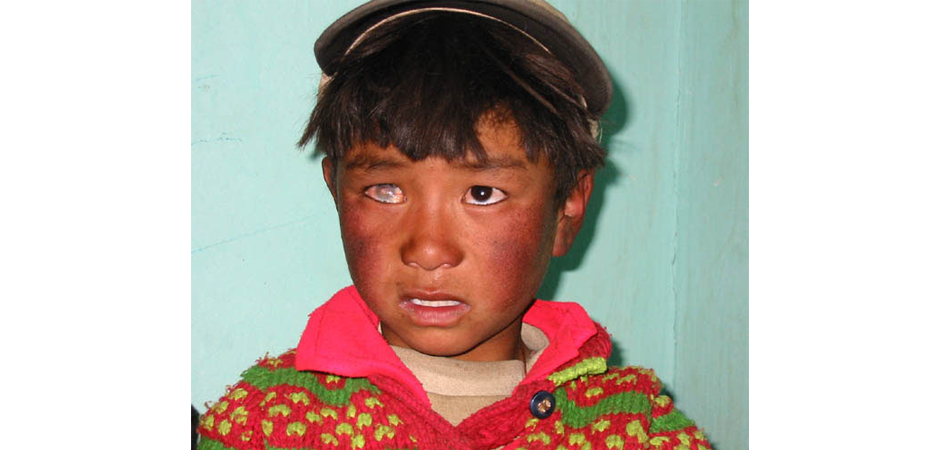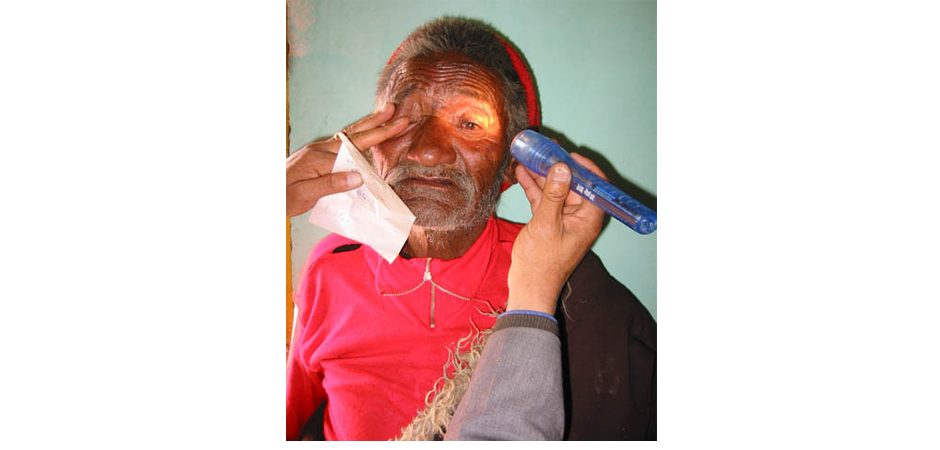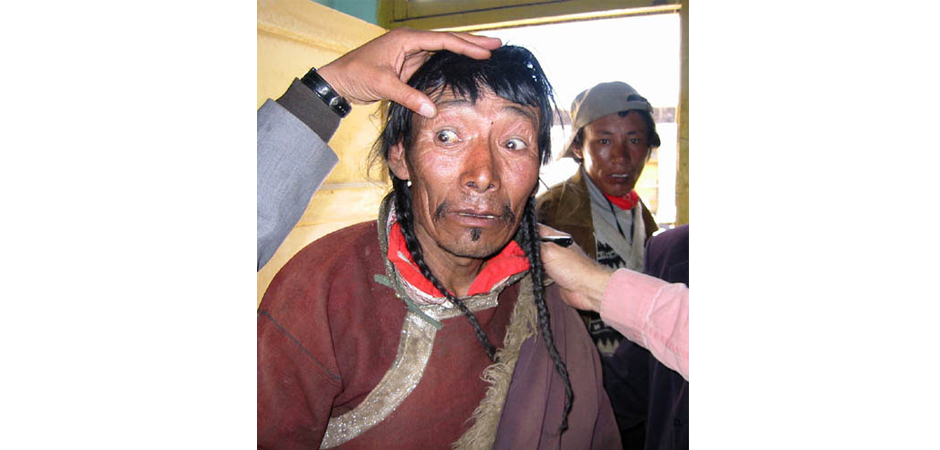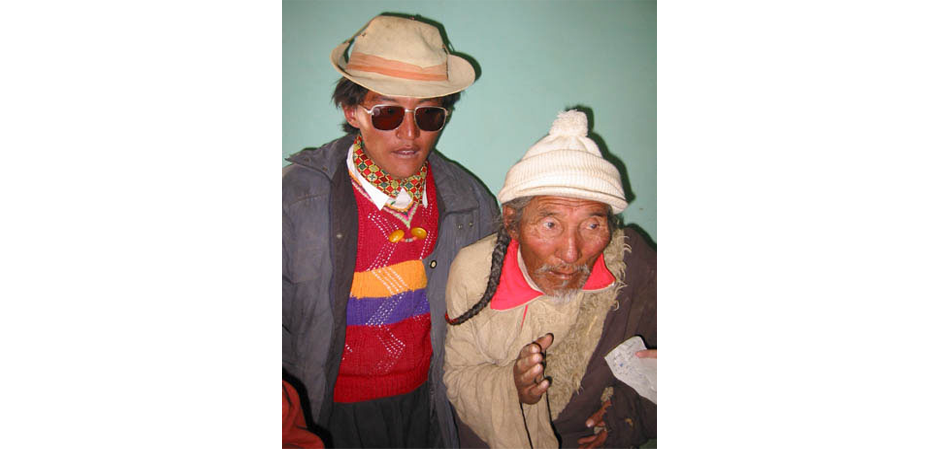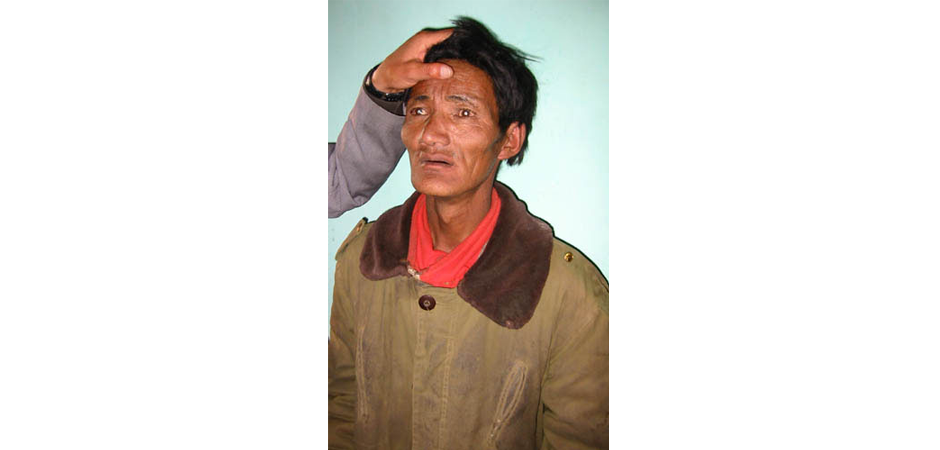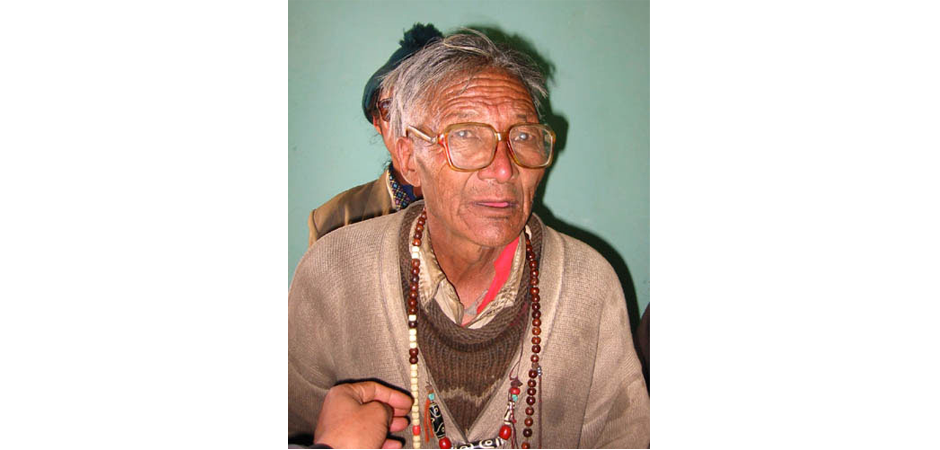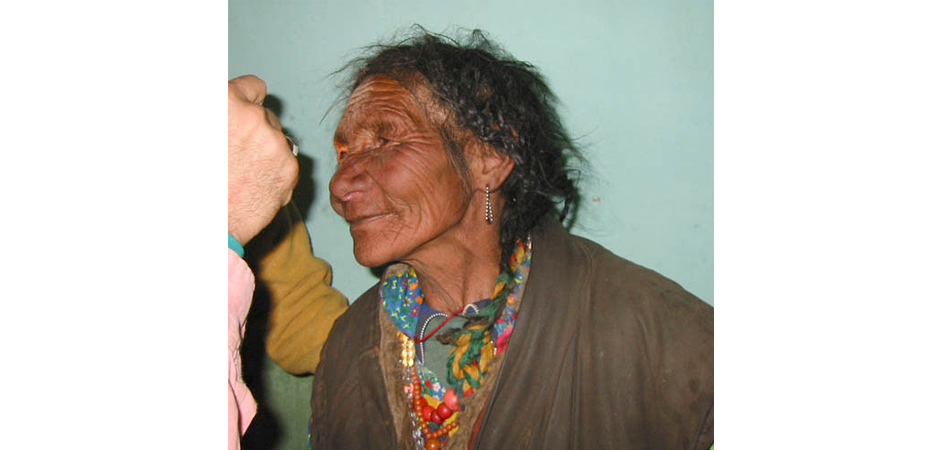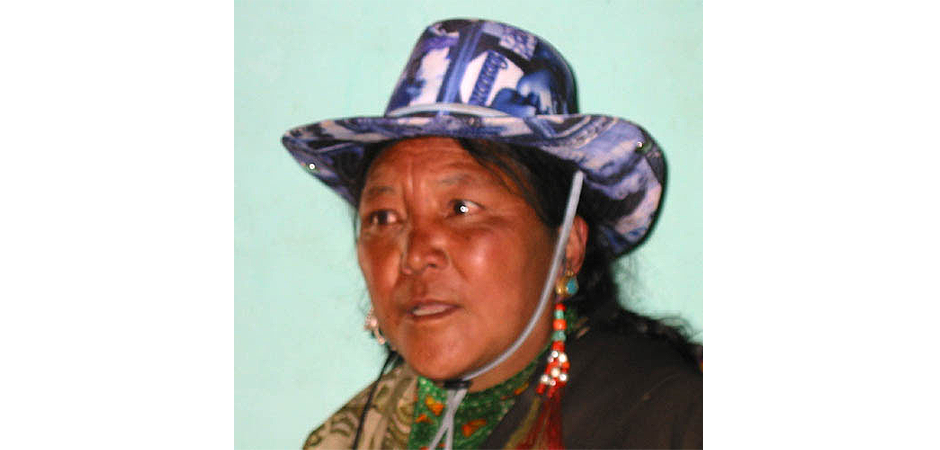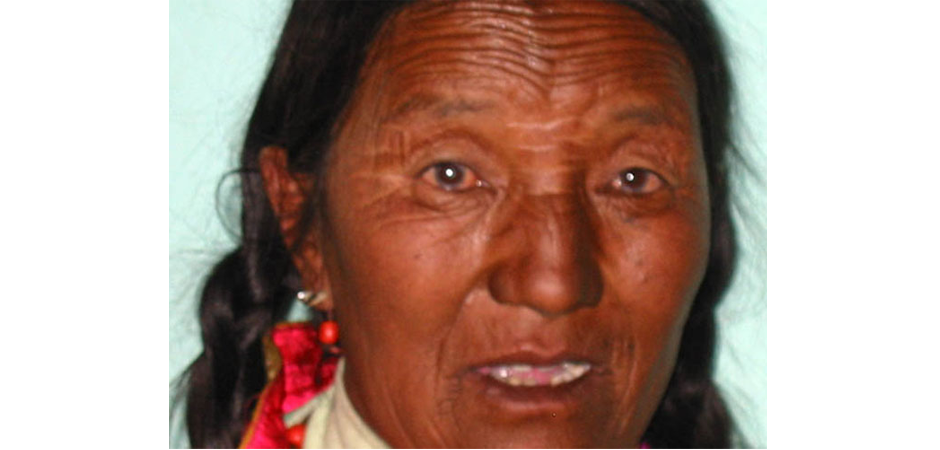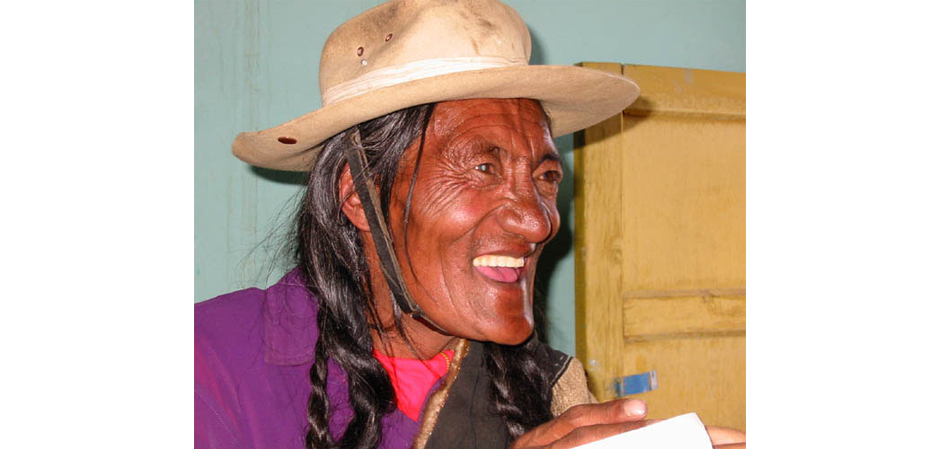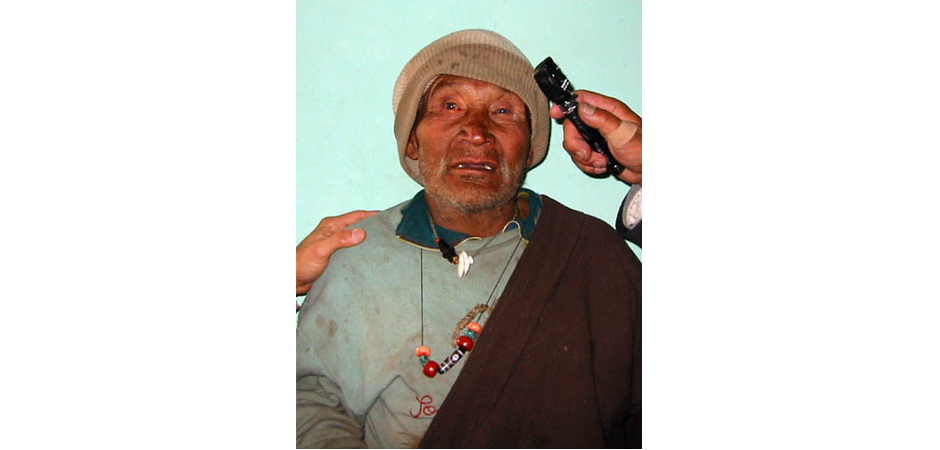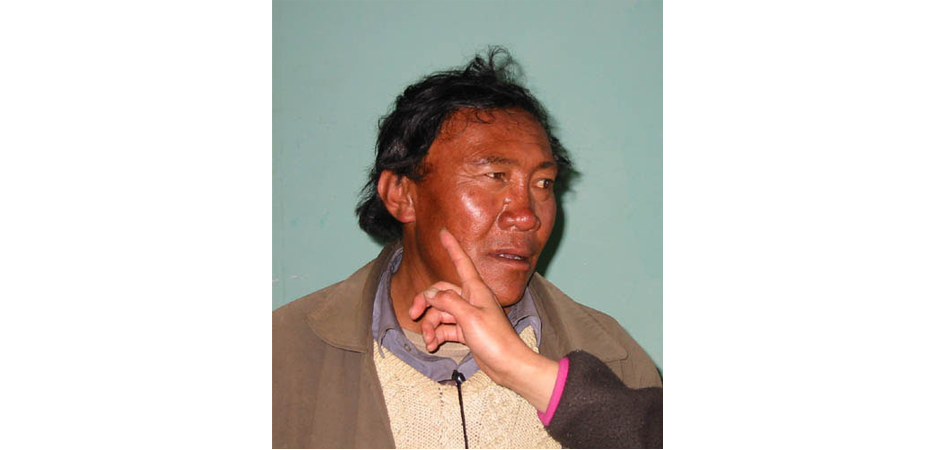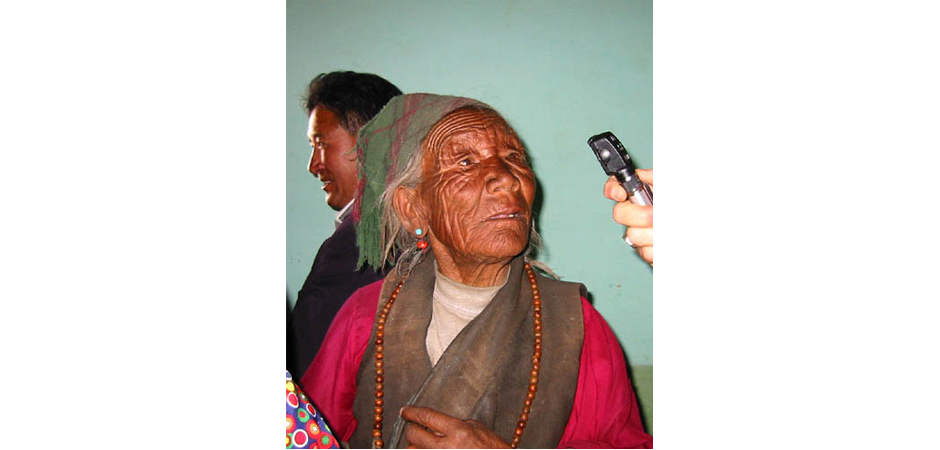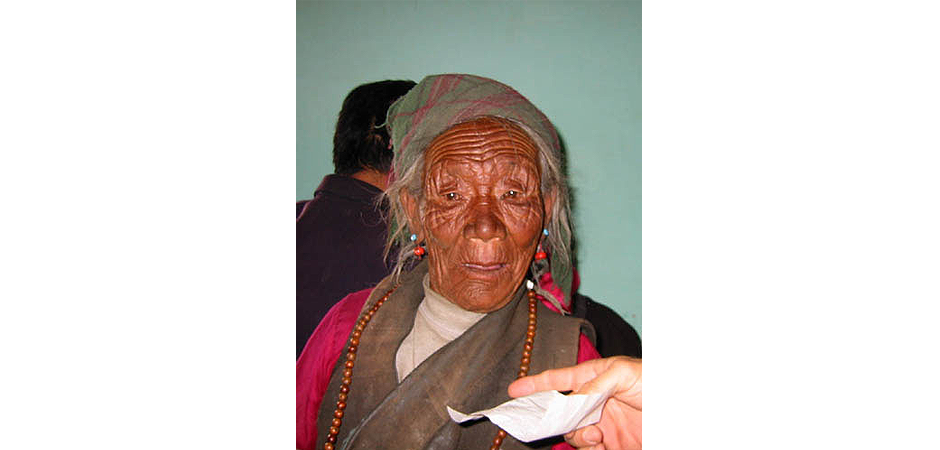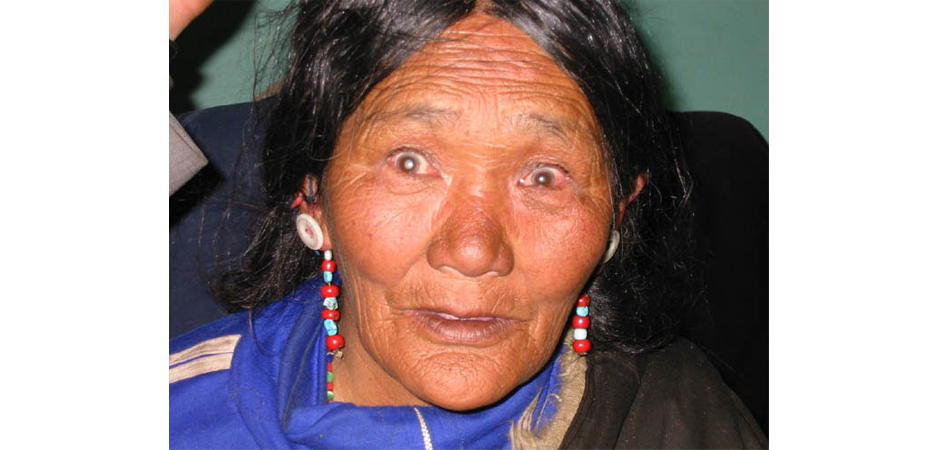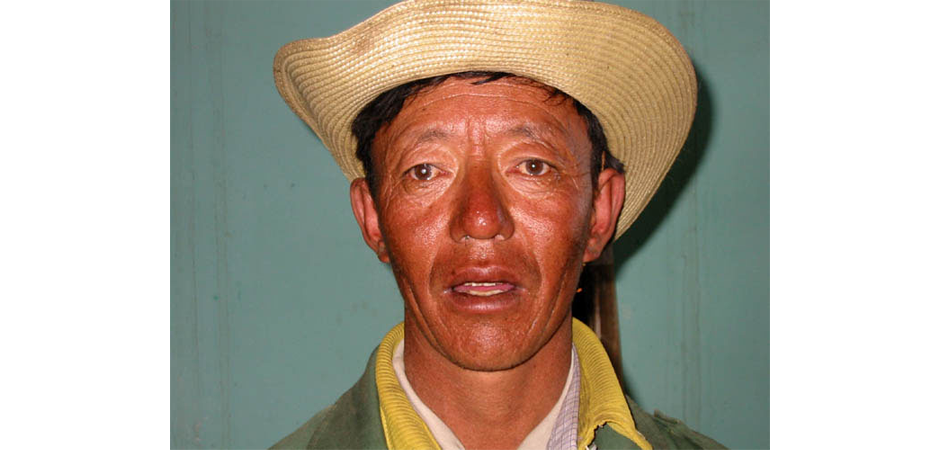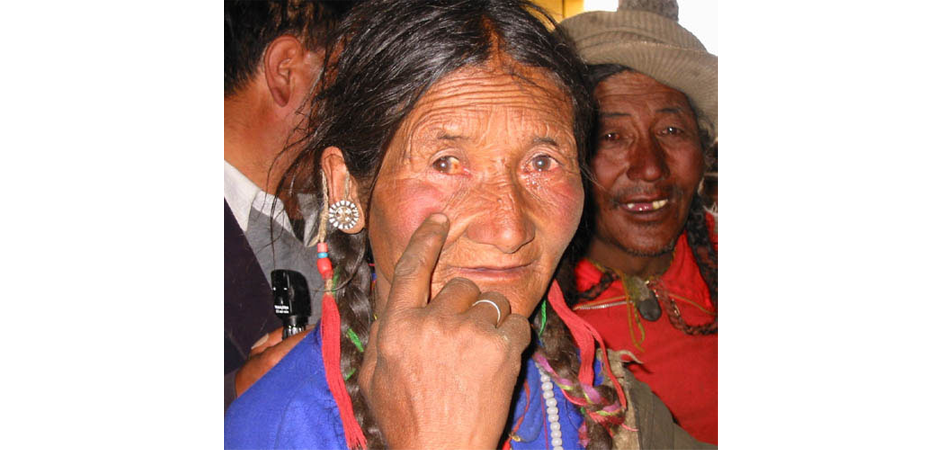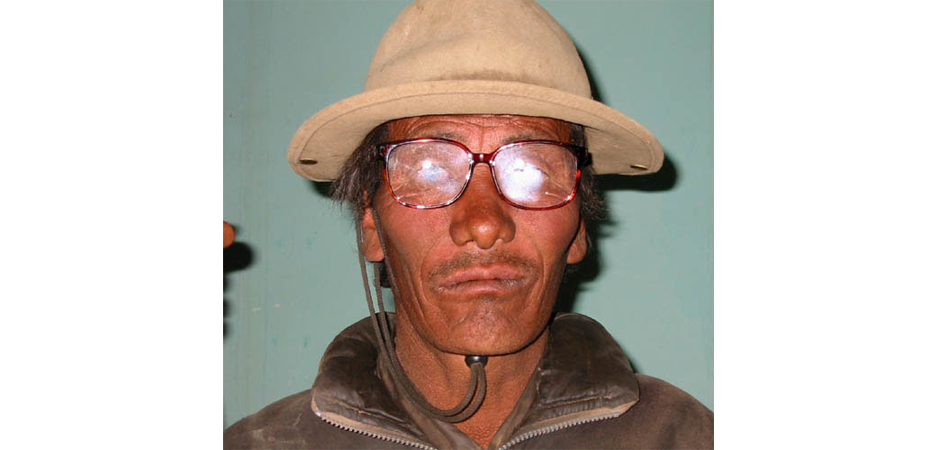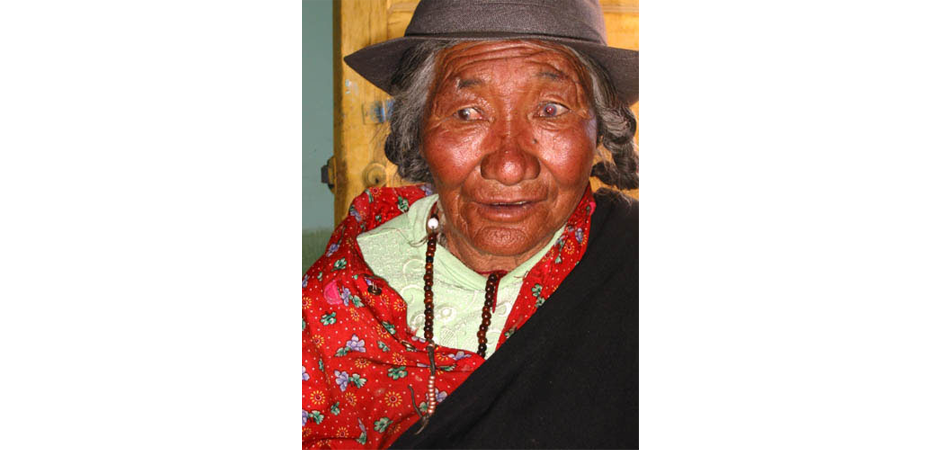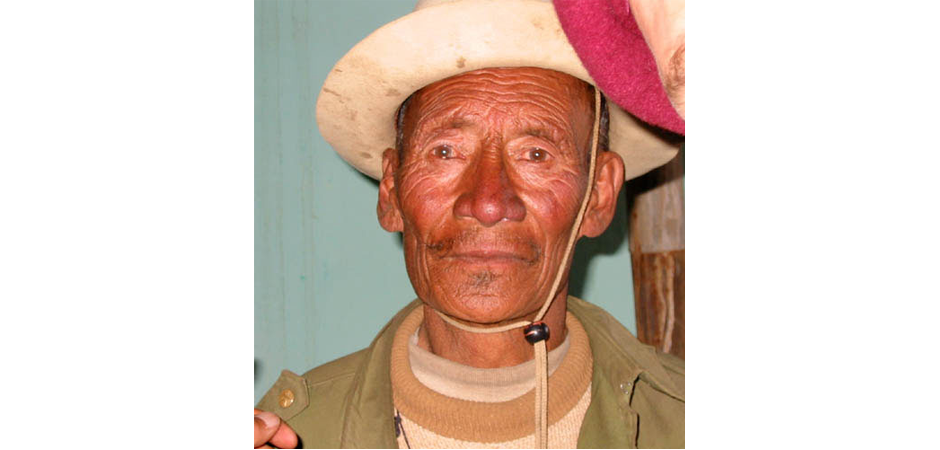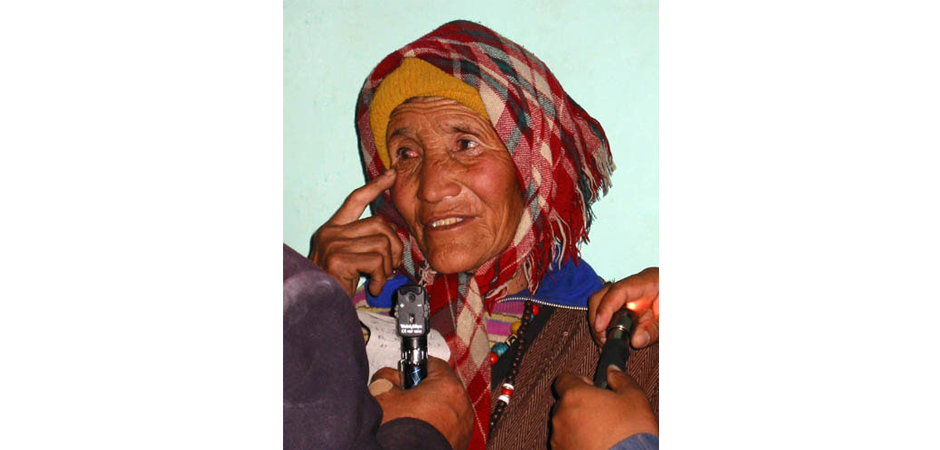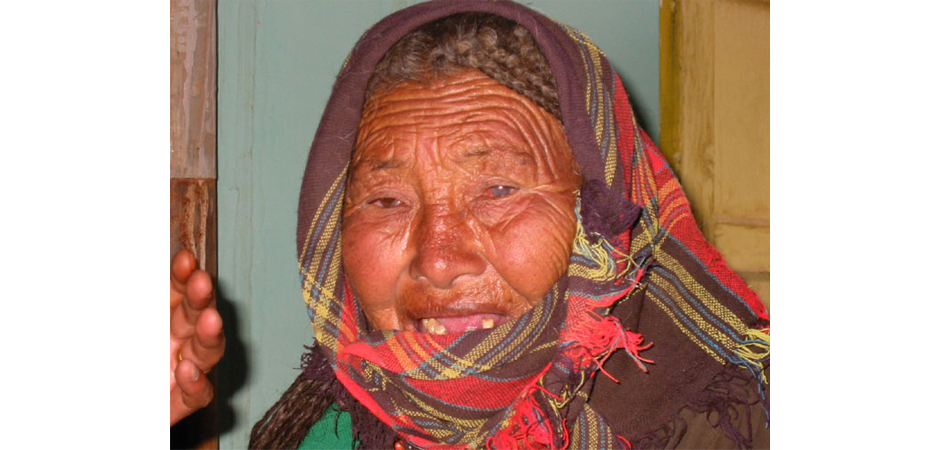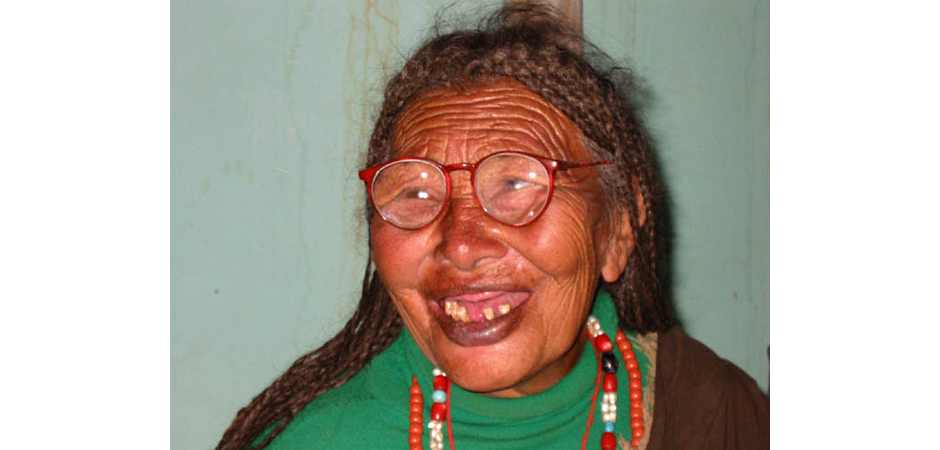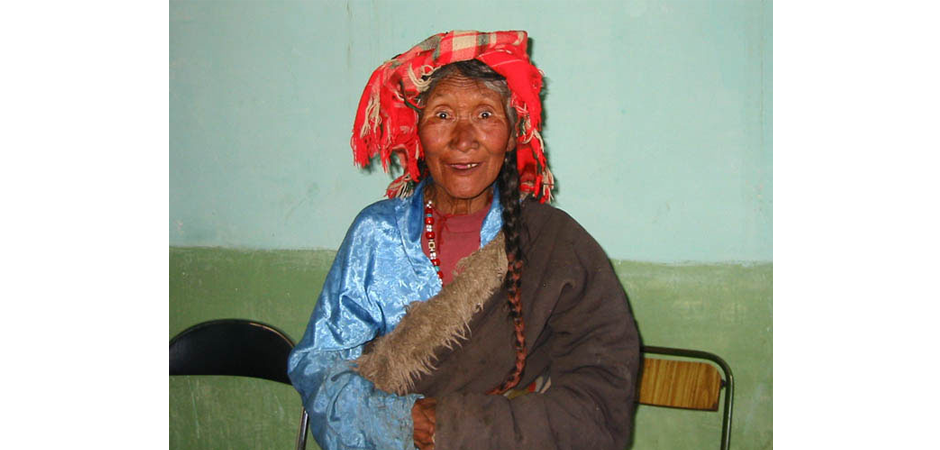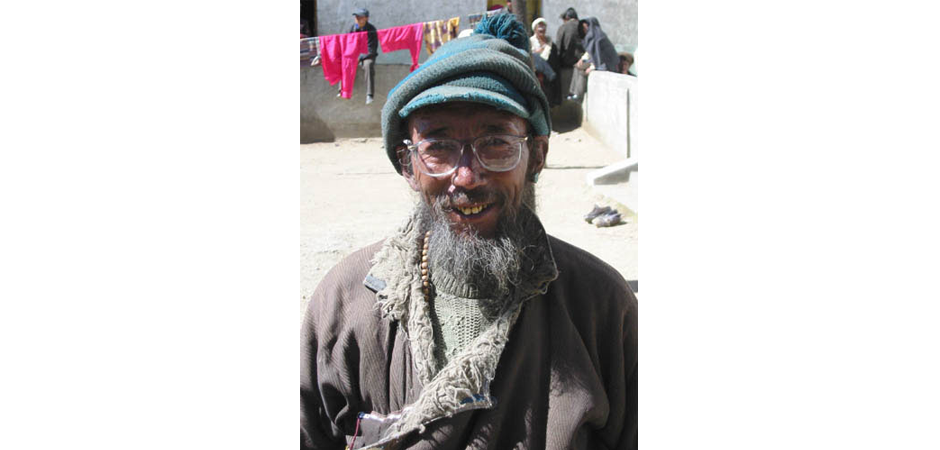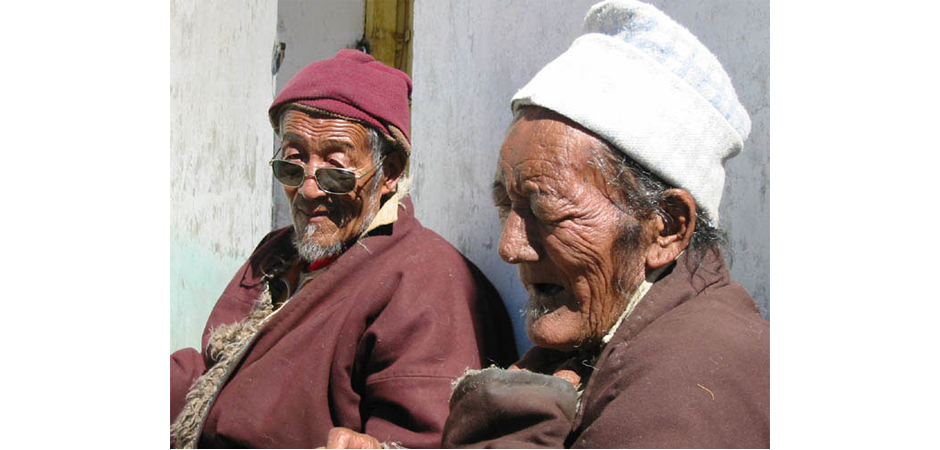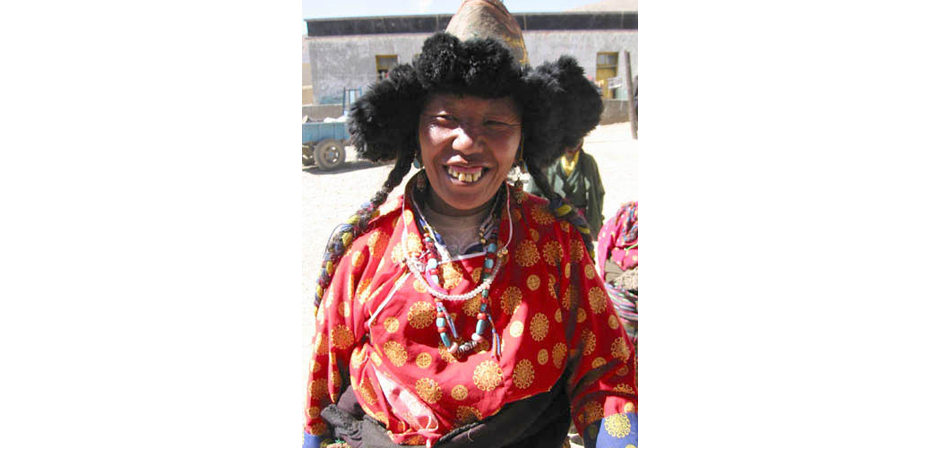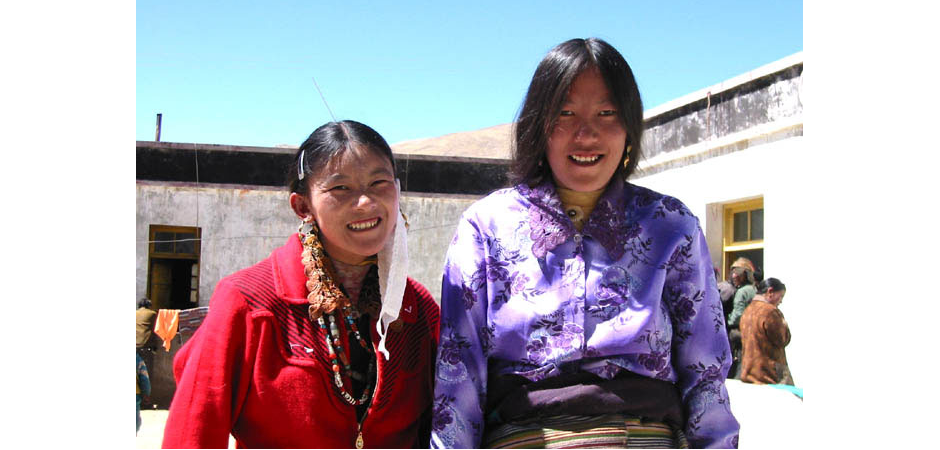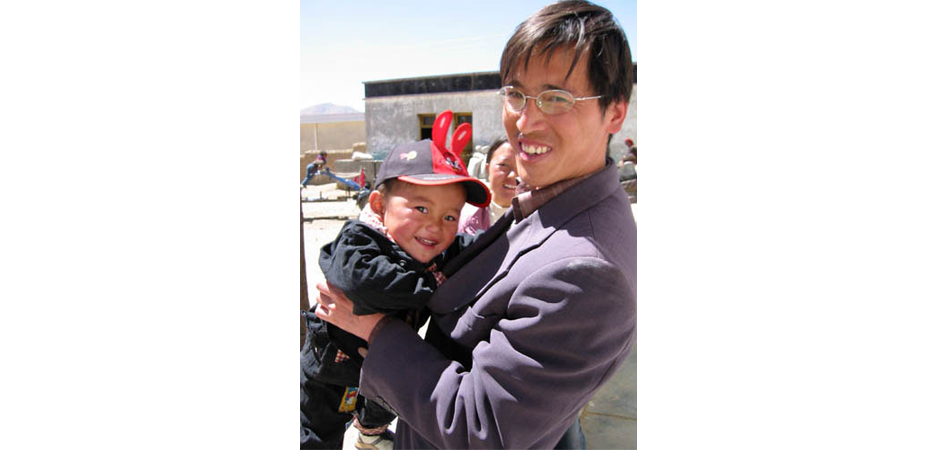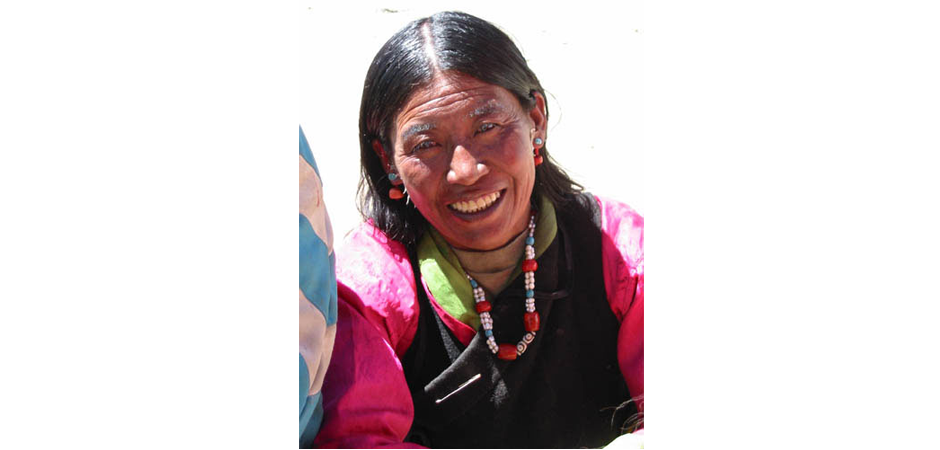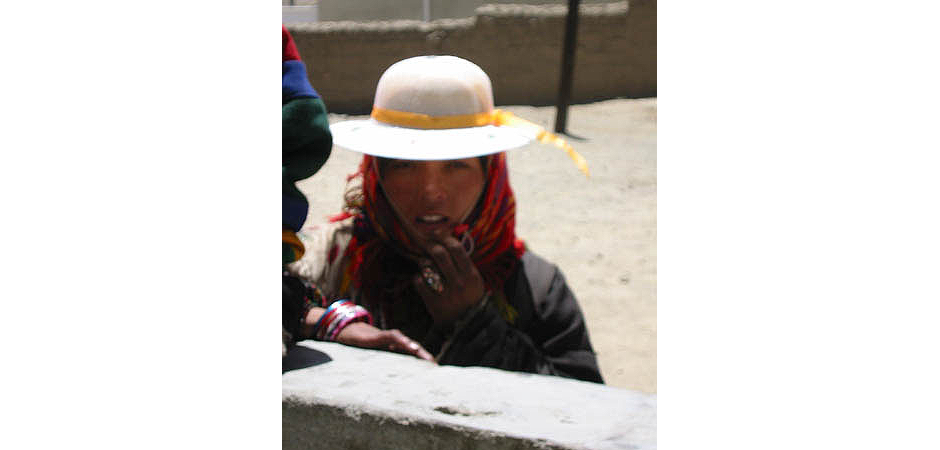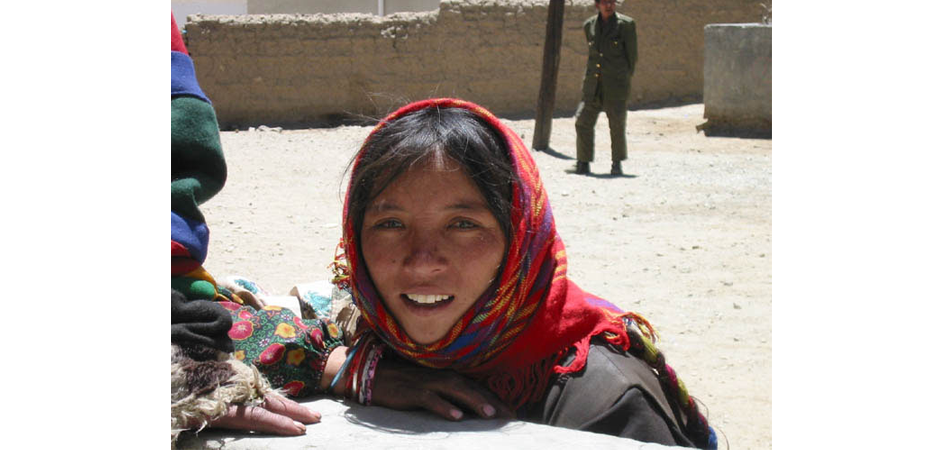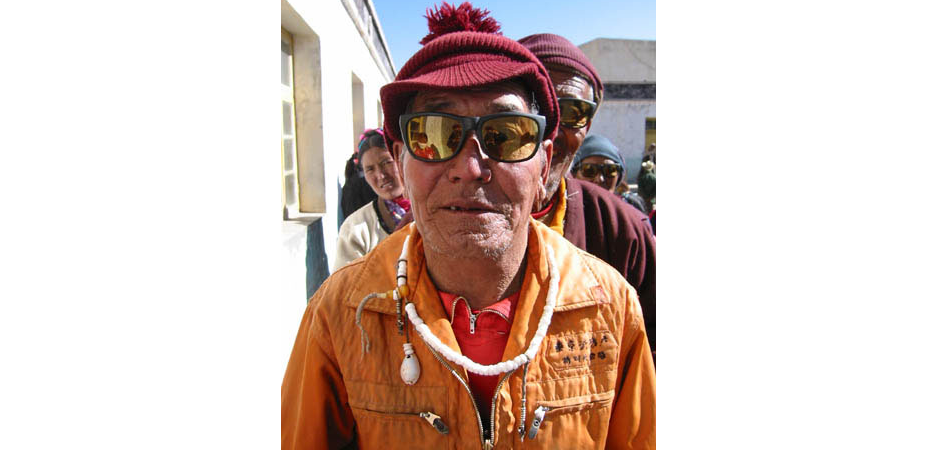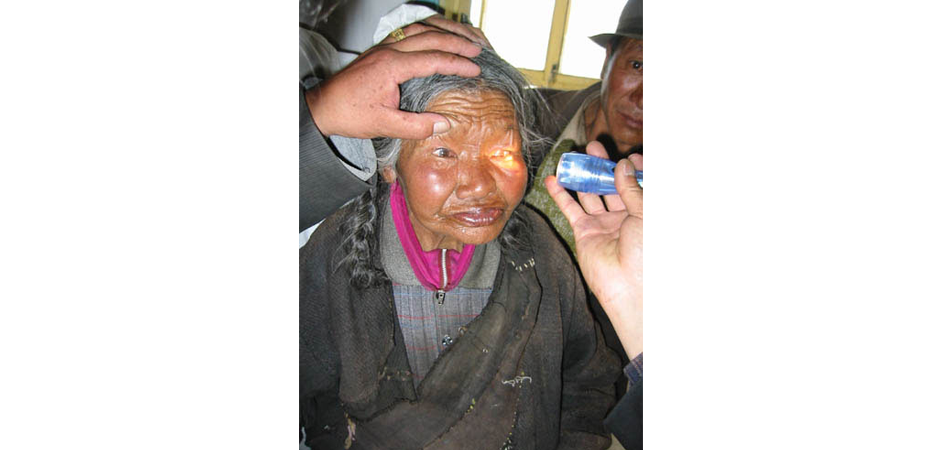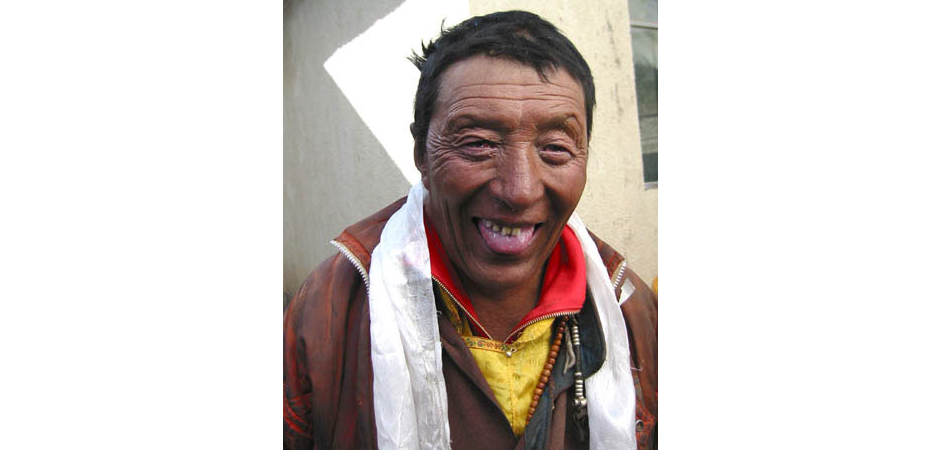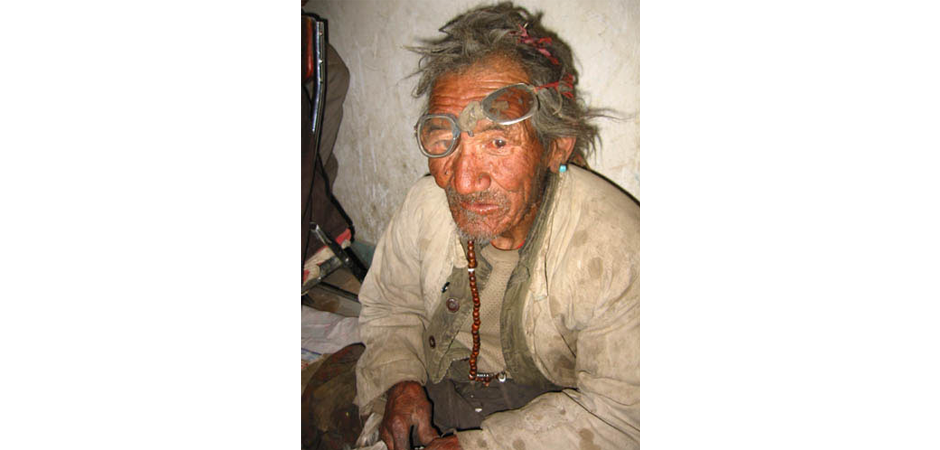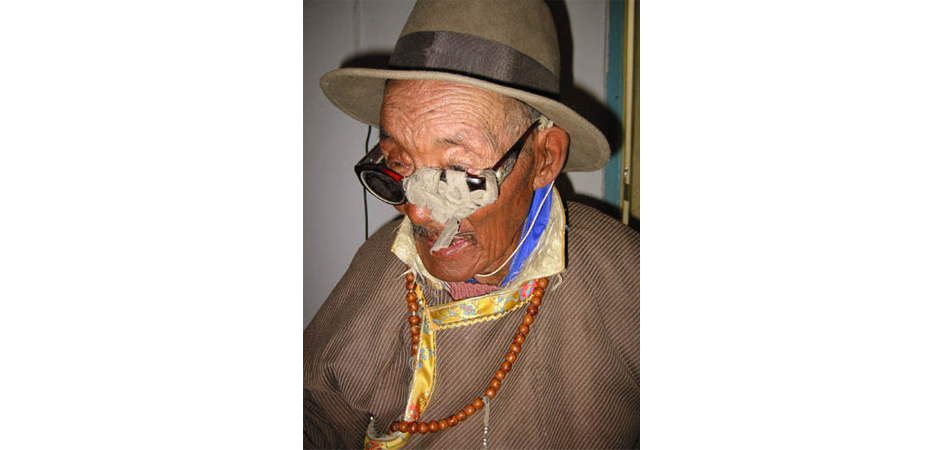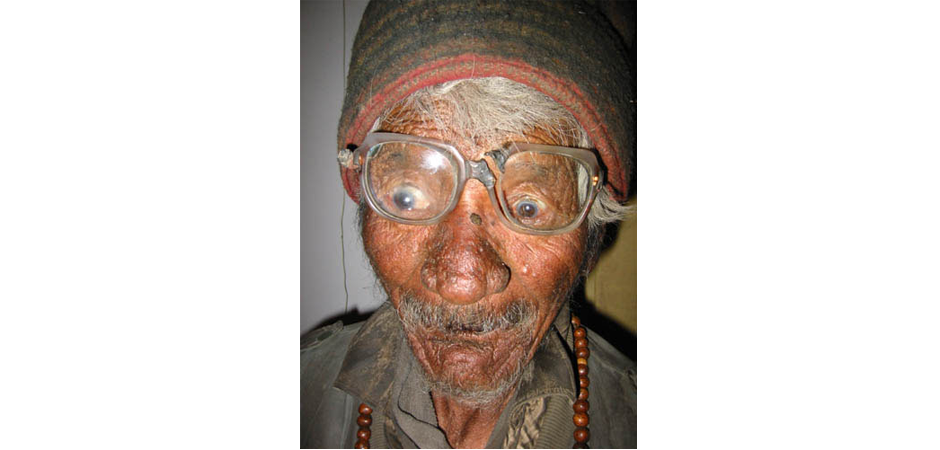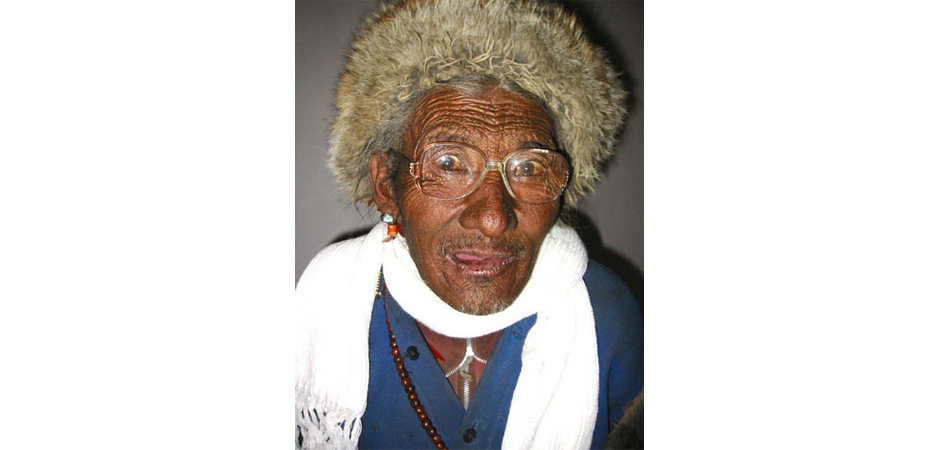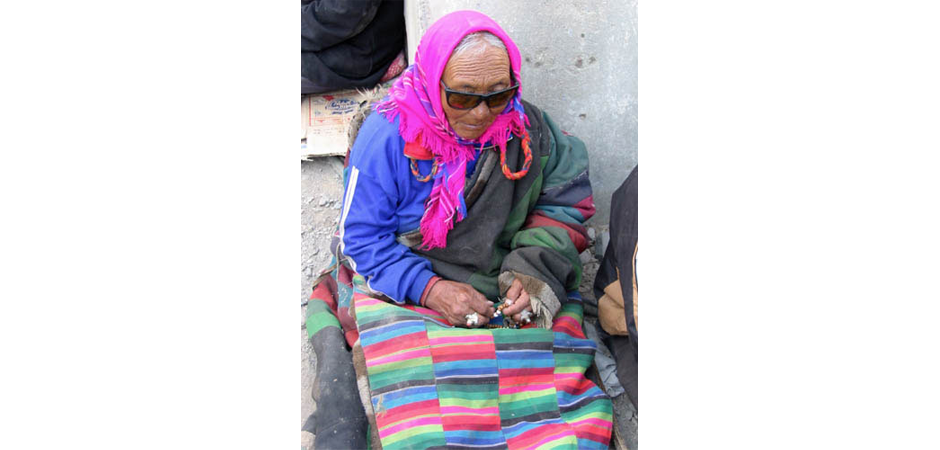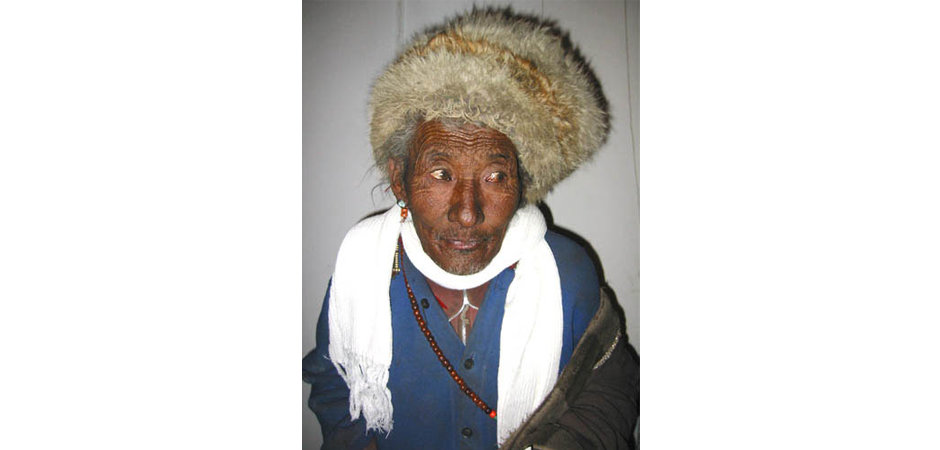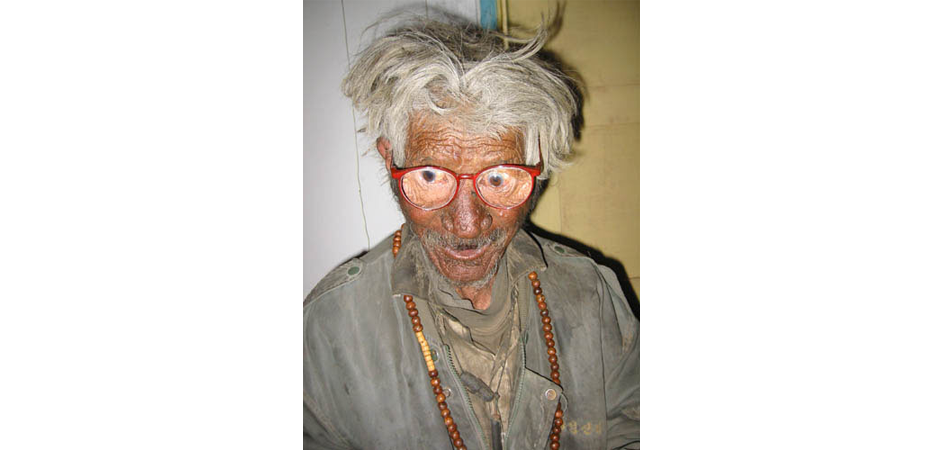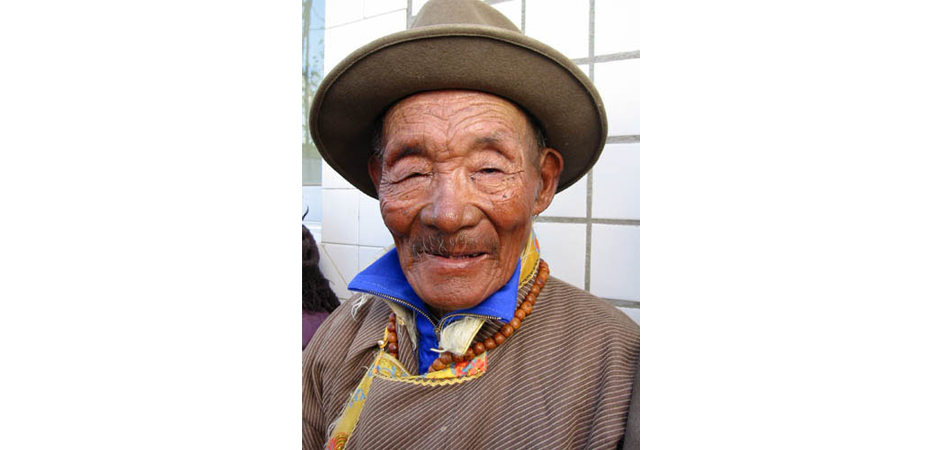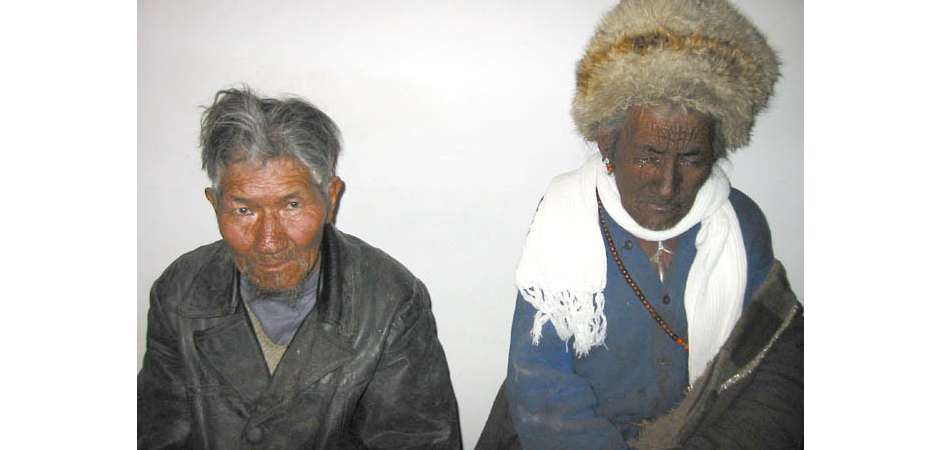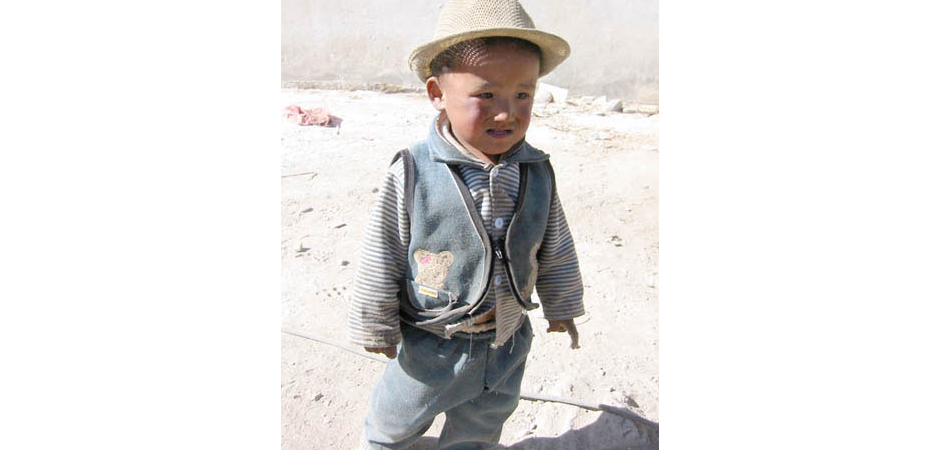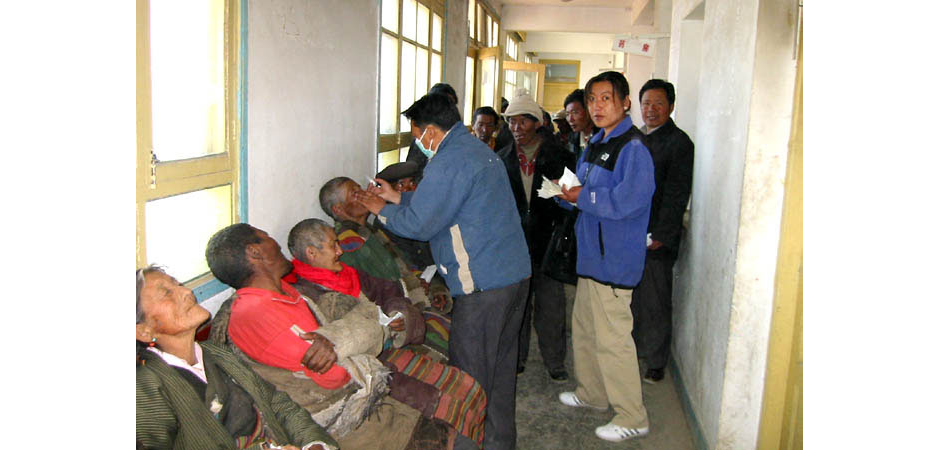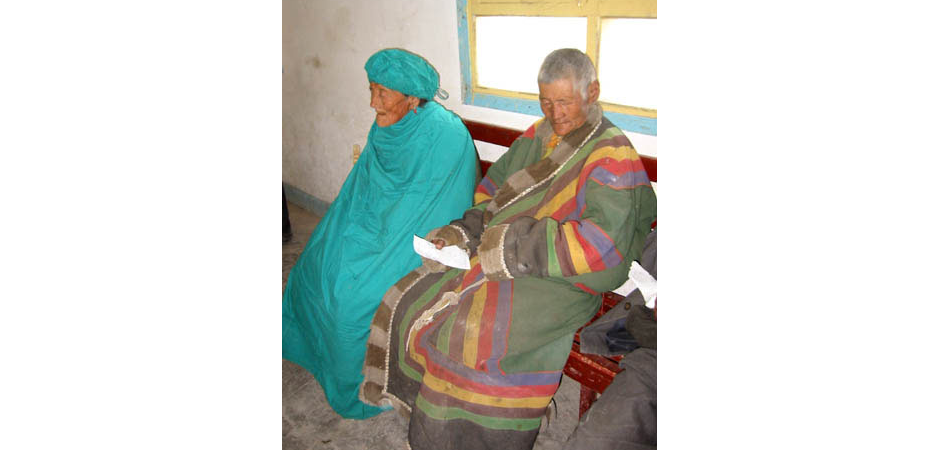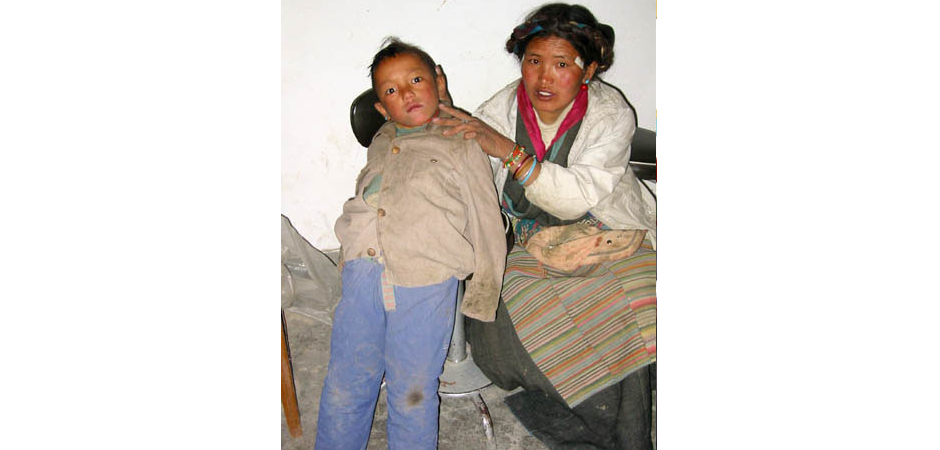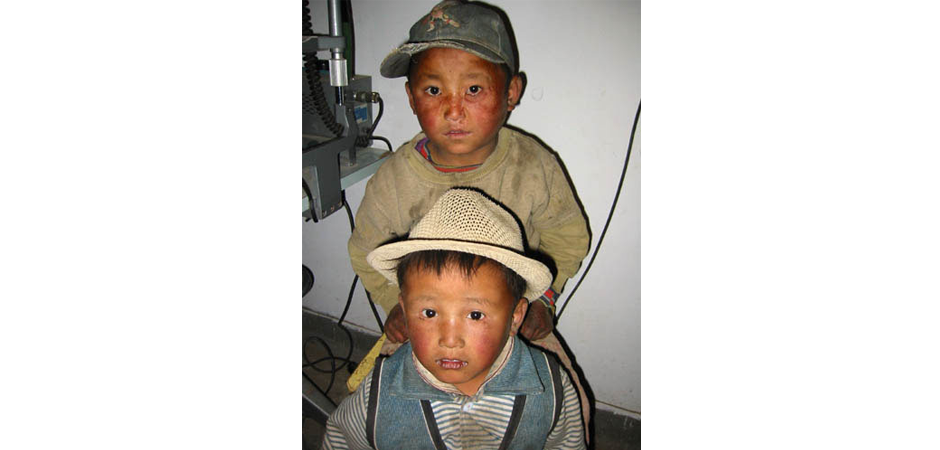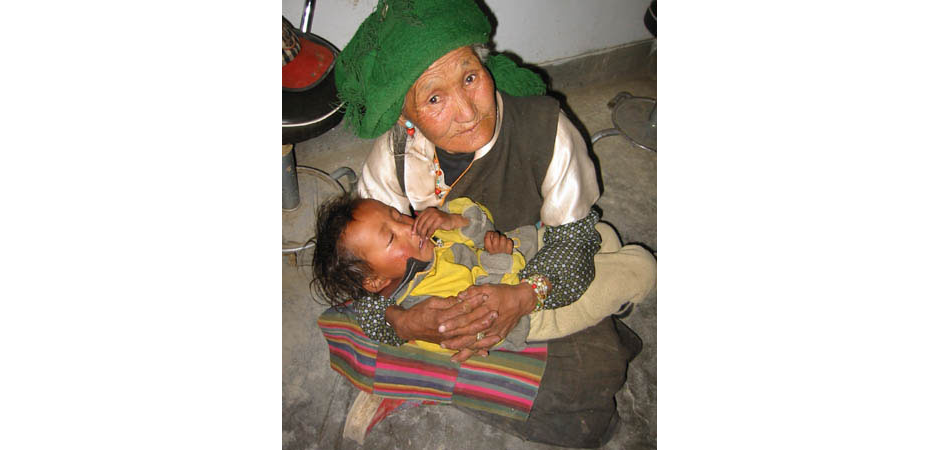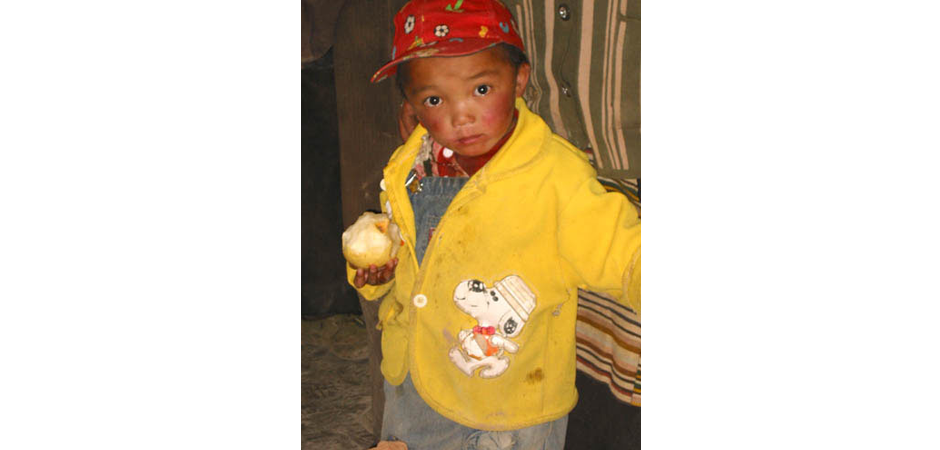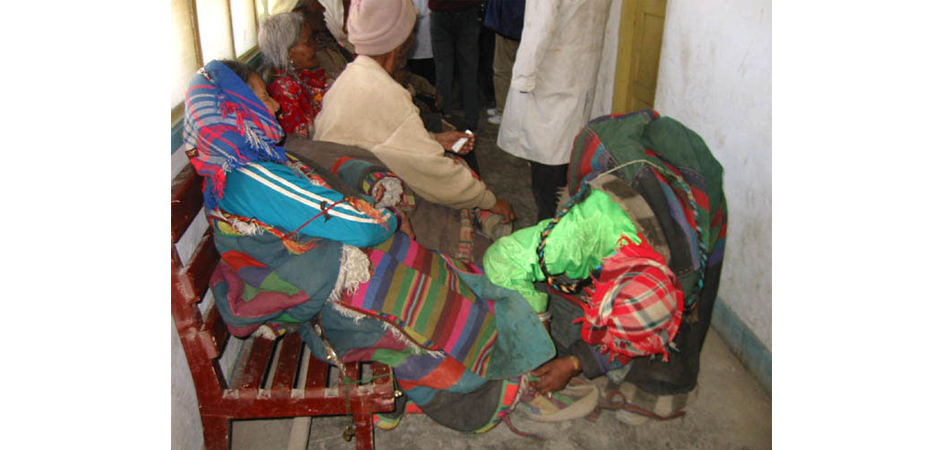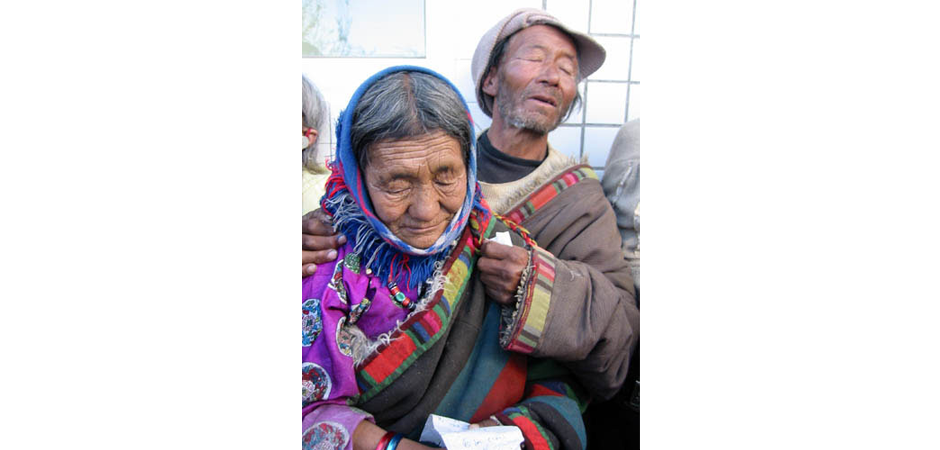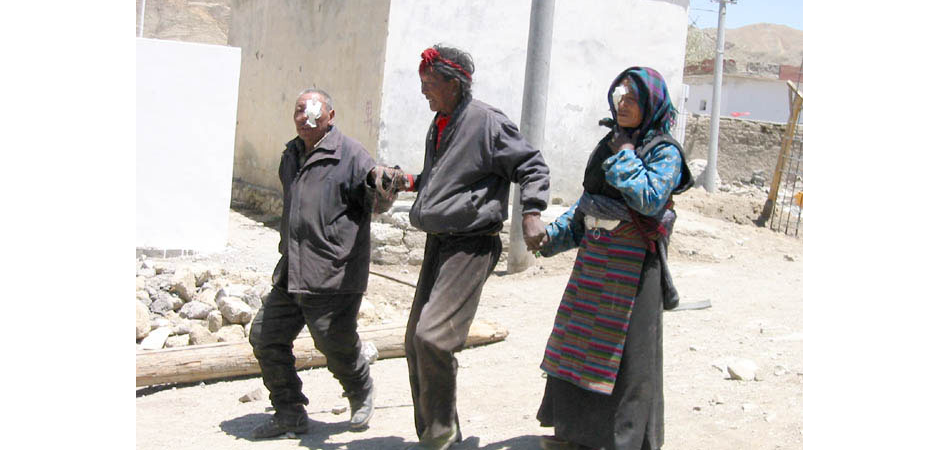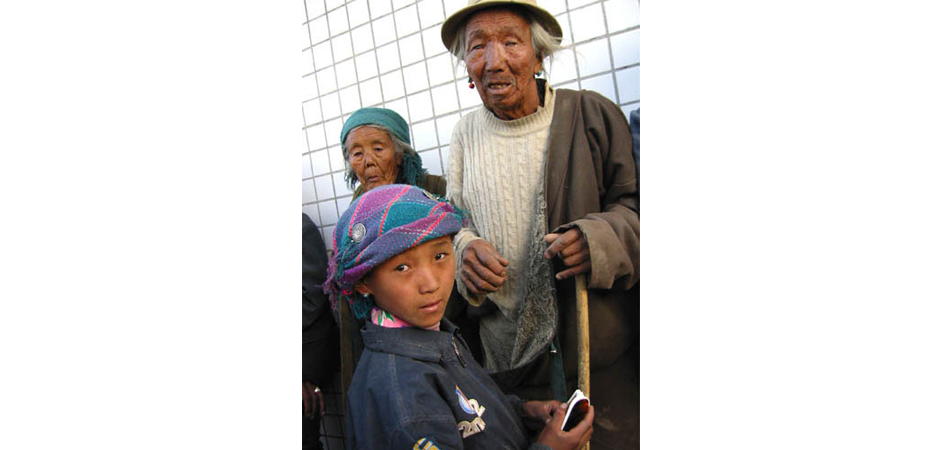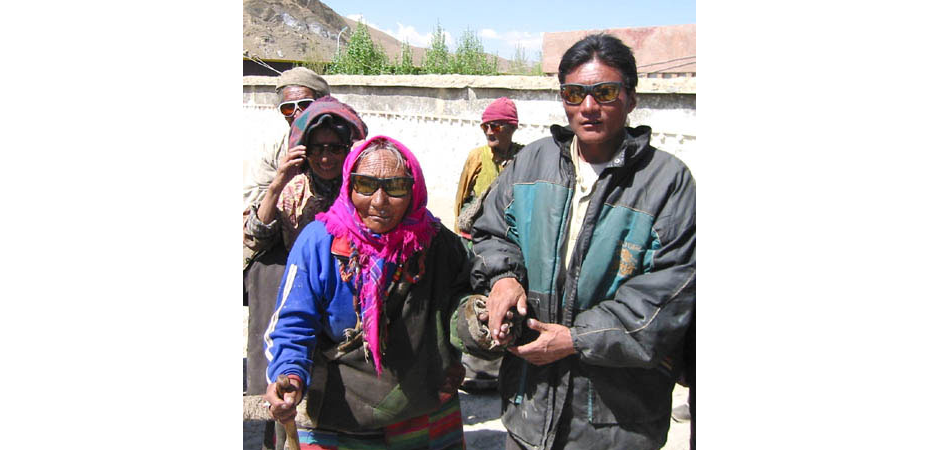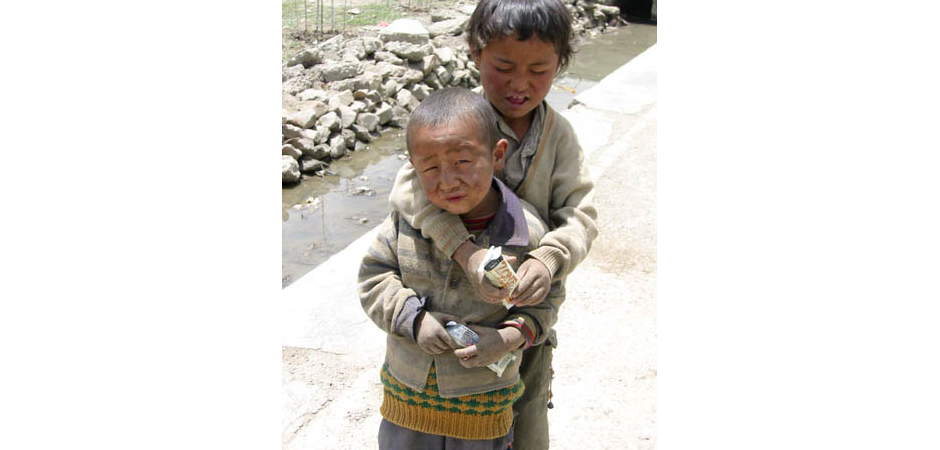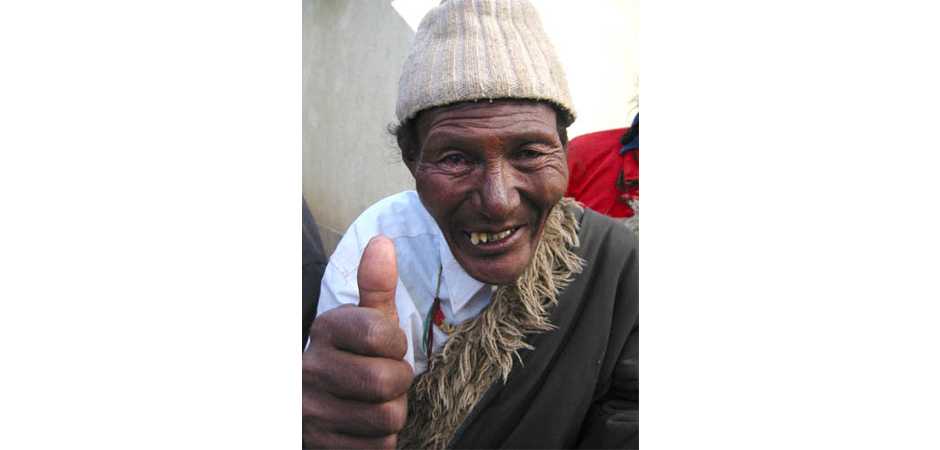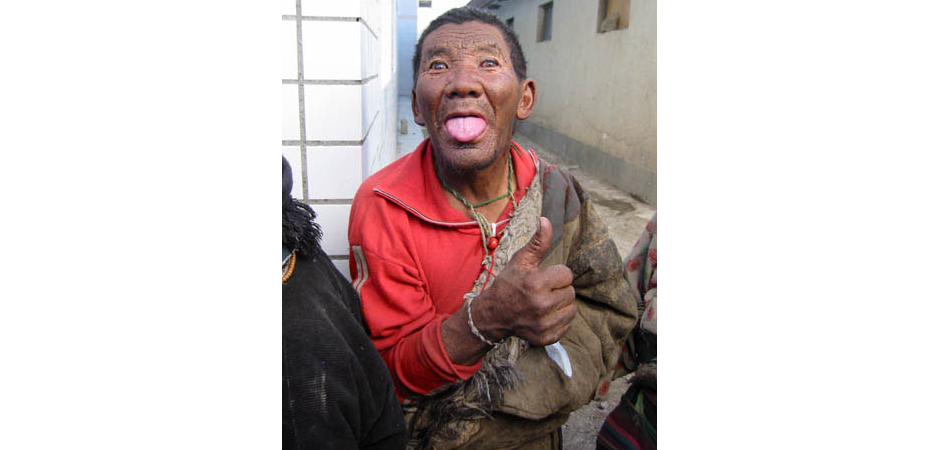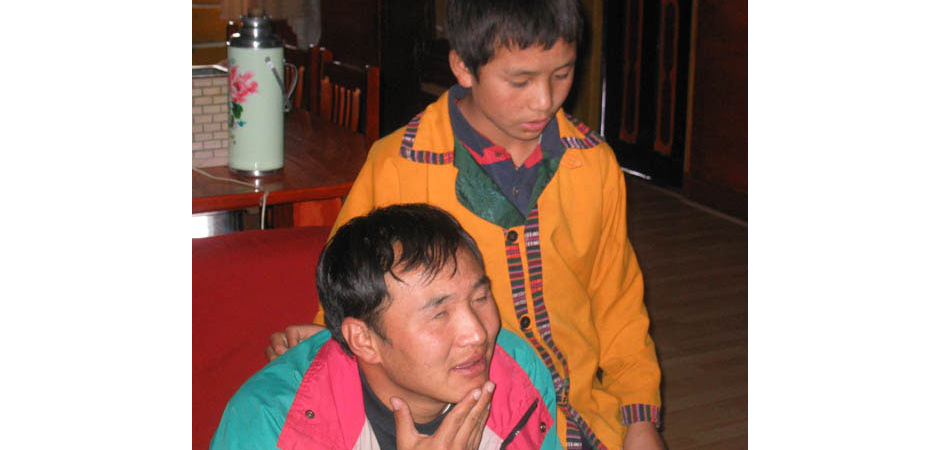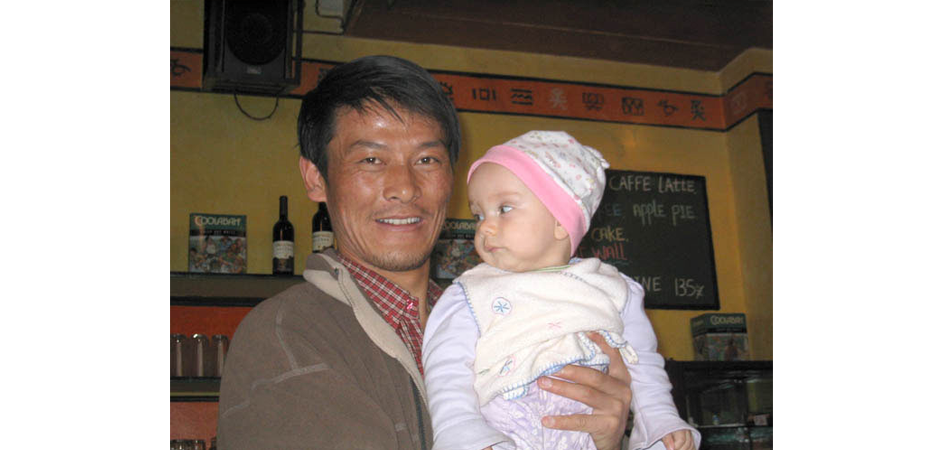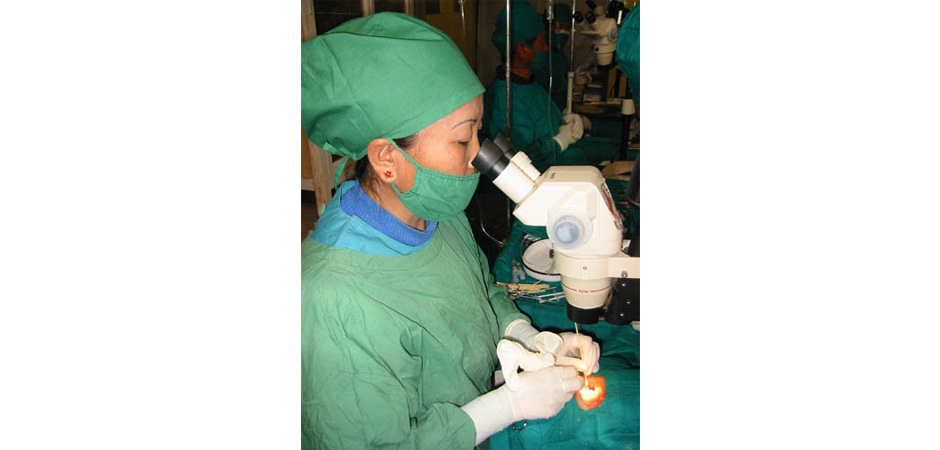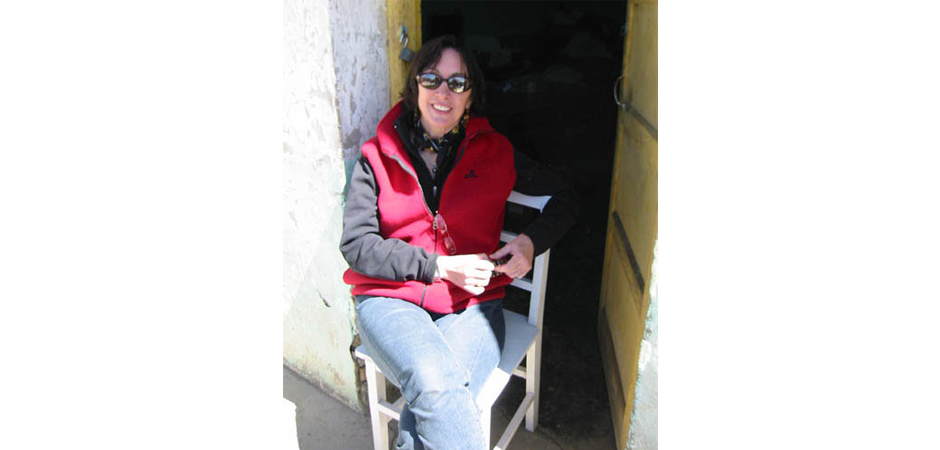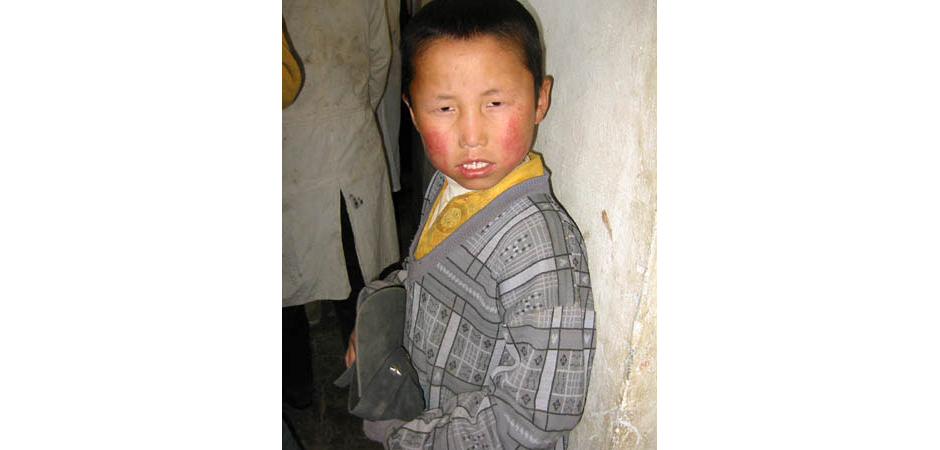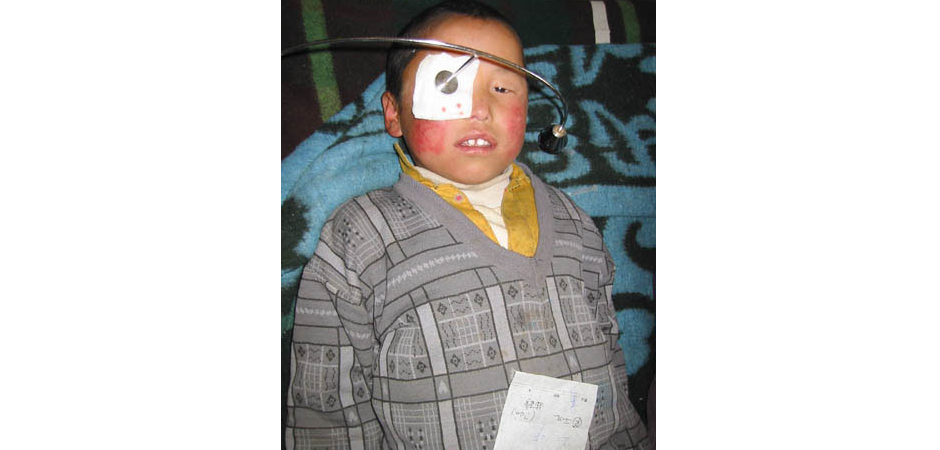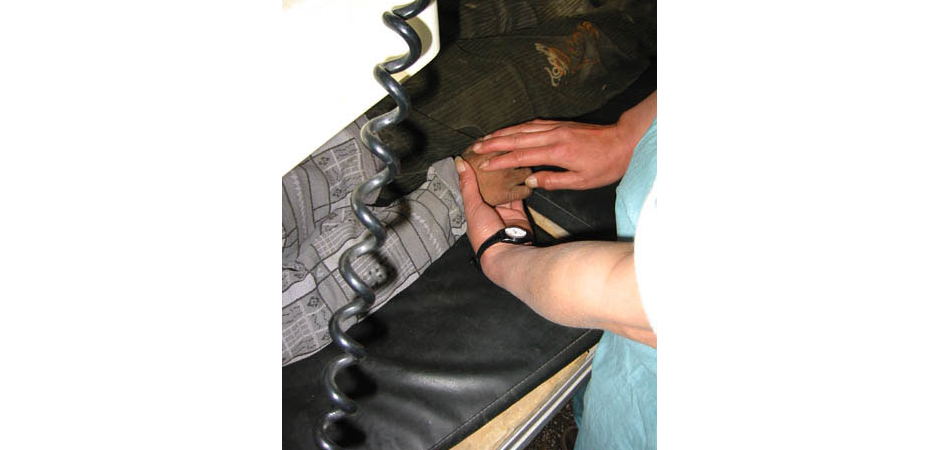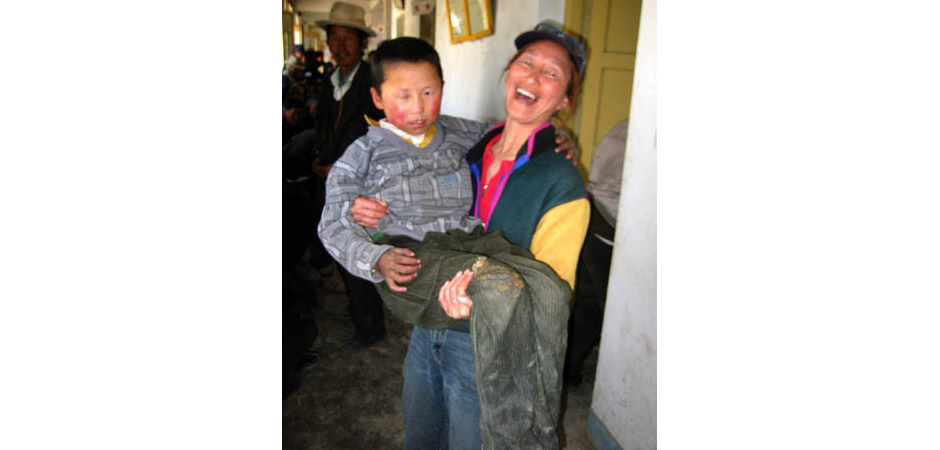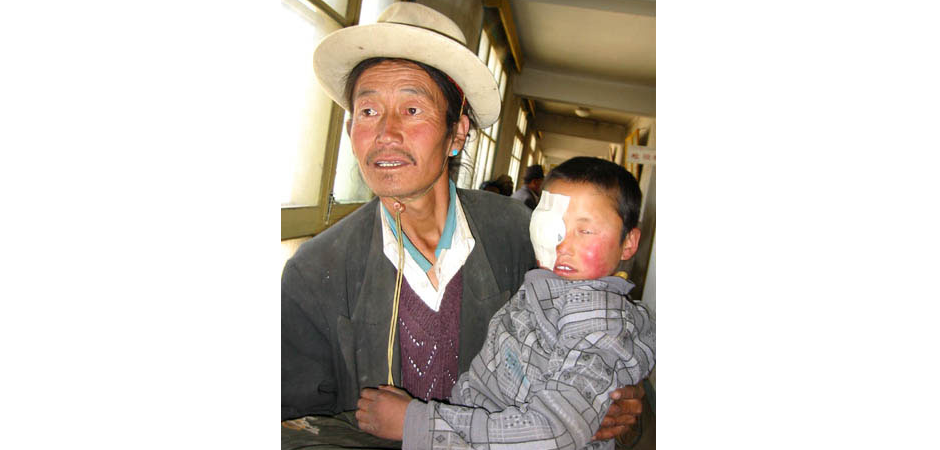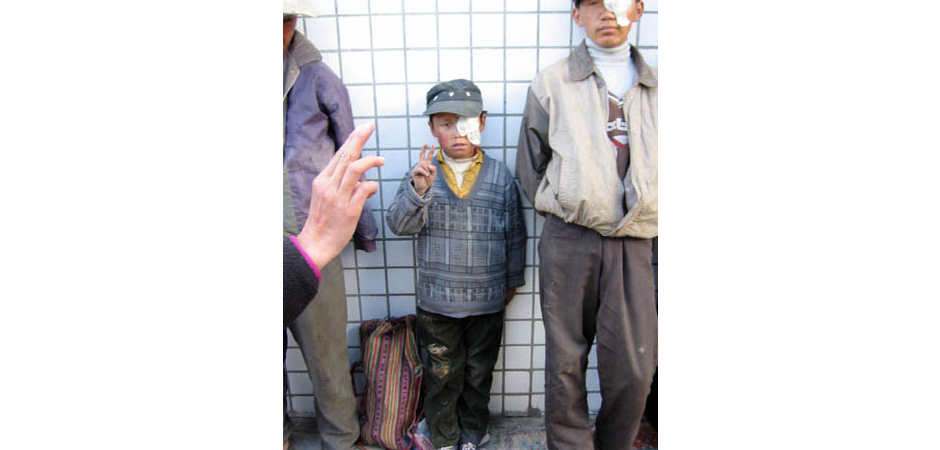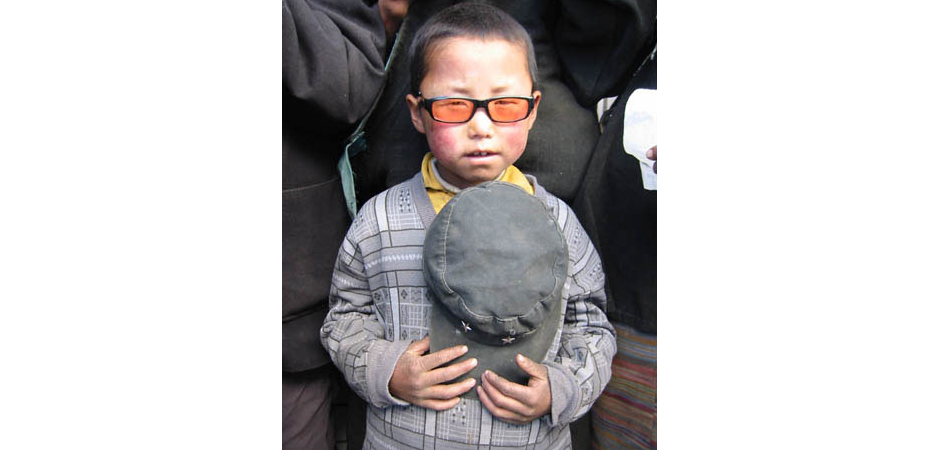- simko@mac.com
- (917) 833-6883
Art / Photographs of Tibet
- Photos: Namring & Saga
- Date: Spring 2004 & 2005
During the spring of 2004 and 2005, I volunteered at an eye clinic (sponsored by the Public Health Institute of California and the Tibet Vision Project) in Namring and Saga, Tibet. These photos are dedicated to the Tibetan people I had the privilege of coming in contact with, some of whom have never seen a photograph of themselves. The photos are taken by myself and several other volunteers.
The people who live at these altitudes are exposed to the sun’s harsh rays in a much more concentrated form. They suffer from cataracts of the eye as a result, and there is a huge incidence of preventable blindness due to these cataracts. For many years, the Tibet Vision Project has sponsored free eye clinics for Tibetans. Word gets out around the communities, and on the appointed day of the clinic, people start pouring in from all around the area, hundreds of people sometimes. They arrive in carts, on horseback, riding yaks, on foot. They are brought by their parents, their spouses, adult children. They are examined by a doctor and then, if suitable for the procedure, they are operated on within the day. The eye is covered with a bandage and a thick plastic eye patch secured by an elastic band. The following day, the patient is examined and released, if all goes well. And it usually all goes well.
The people of Tibet do not own much. The average per capita income of herdsmen was about $1,000 in 2013. You would not recognize the culture of Tibet: there are no department stores, no Costco's or Whole Foods, no delis, there are no gas stations, people do not have cars, in fact there are very few roads. (There are , exceptionally, some supplies of these sorts available in Lhasa and Shigatse, the two large cities in Tibet). There is usually one electric line in most settlements in these modern times, but household access to electricity is rare. Herdsmen and farmers make up most of the population, and they live on the land. These are simple people, guided by principles of modesty and loyalty. They carry ancient superstitions, including that the devil has a forked-tongue. Upon greeting, it is considered good form to stick out your tongue to show that you are not such a creature. You may see this in the photos presented here.
Tibet is a country that has long intrigued the western mind. It is a mountain country, home of the Dalai Lama, located high in the Himalayas and hosting Mt. Everest, the world's highest peak.
Tibet is located to the north of Nepal, and in the west of the Central Chinese Plain. The country has a history going back to the 7th century and has always had complex ties with China.
Independent until 1959, Tibet was annexed by China during a bloody invasion. The central region of Tibet is considered an 'autonomous region within China,' the Tibet Autonomous Region.
The Tibet Autonomous Region is a province-level entity of the People's Republic of China. It is governed by a People's Government, led by a Chairman who is subordinate to the branch secretary of the Communist Party of China. There is a sorrowful and tragic history to the takeover of Tibet and the expulsion of the Dalai Lama in 1959, which can be found in many accessible sources.
The Himalaya Mountains completely house Tibet. With an average elevation exceeding 4,500 meters (14,800 ft), the Tibetan Plateau is sometimes called "the Roof of the World" and is the world's highest and largest plateau, with an area of 2,500,000 square kilometers (970,000 sq mi) (about four times the size of France). That altitude is higher than any of the commercial ski peaks in this country, and many many people live at even higher altitudes. It is also very dry country, and thus raising crops is very difficult. Most of its inhabitants are engaged in subsistence agriculture. Due to limited arable land, the primary occupation of the Tibetan Plateau is raising livestock, such as sheep, cattle, goats, camels, yaks, and horses. The main crops grown are barley, wheat, buckwheat, rye and potatoes. Most crops cannot grow at such a high altitude—for example, there are no trees in Tibet as it is almost entirely above the tree line. The most important crop in Tibet is barley, and the dough made from barley flour—called tsampa—is the staple food of Tibet. This is either rolled into noodles or made into steamed dumplings called momos. Meat dishes are likely to be yak—which is quite good--goat, or mutton, often dried, or cooked into a spicy stew with potatoes. Mustard seed is cultivated in Tibet, and therefore features heavily in its cuisine. Yak yogurt, butter and cheese are frequently eaten, and well-prepared yogurt is considered something of a prestige item. Butter tea is very popular to drink and is served throughout the country. This is usually very strange to the western taste, as it is oily and not sweet.
Tibet is ranked the lowest among China’s 31 provinces on the Human Development Index according to UN Development Programme data. In recent years, due to increased interest in Tibetan Buddhism, tourism has become an increasingly important sector, and is actively promoted by the authorities. Tourism brings in the most income from the sale of handicrafts. These include Tibetan hats, jewelry (silver and gold), wooden items, clothing, quilts, fabrics,Tibetan rugs and carpets.
Sight Restored to Boy
- Photos: Namring & Saga
- Date: Spring 2004 & 2005
This was a little boy, about age eight yrs-old, who lived in the rural mountains of Tibet. He was blind due to cataracts that occur from exposure to the intense sun at the altitudes of Tibet (often over 14-15,000 ft. high). His parents brought him to the clinic to have his cataracts removed. The people of Tibet have heard from their kin that these operations, performed by western volunteer doctors, can restore vision caused by cataracts. Still, it is a frightening and largely unheard of procedure for them, and especially for a child so young. The clinic took place in a rural mountain village.
The patients arrived on foot, in carts, in traveling groups...there are no roads, and there are no cars. Patients receive an eye exam and operation on one day; they then spend the night--usually in tents with family members--and they are re-examined and released the following day.
This little boy was terrified when he arrived. His parents sat with him and tended to him. In the final picture, you can see the results of his procedure. He saw 2 fingers, and reflected that by holding up his two fingers. Success!

